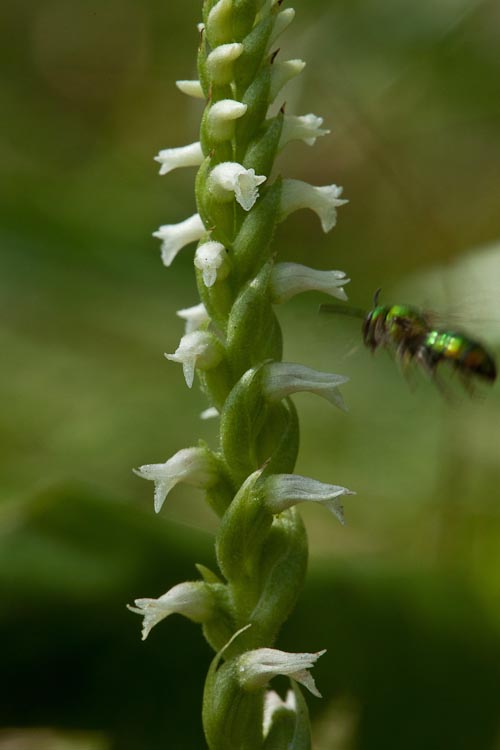
A number of male flowers surround the female flowers. Describe key morphological patterns characteristic to plant families.White : Flower Arrangement: Cyme : Leaf Type: Compound : Leaf Arrangement: Opposite : Monocot/Dicot: Dicot : If you have any comments about the site or the pictures. Anthemis tribe Aster tribe Chicory tribe Thistle. 3 or 6 petals 4 petals 5 irregular petals 5 symmetrical petals (ovary superior) 5 symmetrical petals (ovary inferior) 5 irregular petals forming a tube 5 symmetrical petals forming a tube 5 petals joined into a bell composite flowers. White Blue Orange Green / Brown Flower Type.
As the group with the greatest number of closely related plants, the family taxon provides a starting point for narrowing the search for an unknown plant. While some plant families, such as Orchidaceae (orchid) and Asteraceae (sunflower family) have several hundred members, others such as Ginkgoaceae (ginkgo) have a single member. Genera that share similar structures are grouped within a particular family. As we know, a flower constitutes the reproductive system of a plant.Plant families are separated according to structural differences in flowers, fruit, and seed. The receptacle forms a hollow cavity and has an apical opening protected by scales.
Images of the representative genera are available at this link to the KPU Plant Database. The morphological characteristics for some families and genera commonly found in landscapes and gardens are summarized below. One of the most comprehensive references for angiosperms is Flowering Plant Families of the World by V.
Leaf blades are often lobed or toothed and pinnately or palmately veined.The pink or carnation family, Caryophyllaceae is a large family of temperate eudicots that are mostly annual, biennial, or perennial herbs and a few subshrubs with woody stems. The leaf arrangement may be alternate or opposite, though rarely whorled. Common genera of this family include:Key identifying characteristics for Asteraceae include an inflorescence that is a composite head with disc florets, (ray florets may or may not be present), and an achene-like cypsela (fruit) with a fringe of hairs or papus. Most of its members are evergreen shrubs or subshrubs or perennial rhizomatous herbs, but tap-rooted or tuberous-rooted perennials, and biennial and annual herbs are also frequent. Cyme: Inflorescence type with successive flowers arising from below.One of the largest families of flowering plants is the aster or sunflower family, Asteraceae.

Rhododendron (including azaleas and rhododendrons) Some common genera in the Ericaceae family include: Species of Arbutus, Arctostaphylos and Gaultheria are indigenous to the PNW. Family members are mostly temperate woody shrubs and trees, and rarely herbs. The fruit is a capsule with many seeds.One of the most common groups of plants in the British Columbia and the Pacific Northwest (PNW) is the heather family, Ericaceae.
Many are highly aromatic, vigorous growers and adapted to propagate easily from stem-cuttings. Family members may be annual or perennial, and are often subshrubs (woody base with soft wooded stems) or entirely herbaceous. While many members are deciduous, genera in this family are among the most recognizable of broadleaf evergreens, both in and out of flower.The mint family, Lamiaceae is easily recognized because its members exhibit square stems, opposite, often decussate (4-ranked) leaf arrangement, and distinctive two-lipped flowers held in verticillasters (pairs of axillary cymes arising from opposite leaves or bracts and forming a false whorl). Other shared characteristics include: fine, off-white shallow roots, an affinity for acid soils, leathery leaves arranged alternately or appearing terminally whorled, rough or peeling bark, and dense wood. Rhododendron is an exception they have relatively open, bell-shaped flowers in short racemes (trusses).
Some of the genera in the lily family include:The buttercup family, Ranunculaceae is composed of herbaceous annuals or perennials, woody shrubs, and lianas. Flowers are radially symmetrical with parts occurring in 3’s, and separate but undifferentiated sepals and petals (tepals) that may be spotted or striped. The inflorescence is a raceme or solitary flower. Leaves are basal, alternate, and sometimes whorled in arrangement with parallel venation.
A few commonly grown rosaceous plants include:Common features of these genera include simple rotate flowers with 5 separate petals, sepals, and stamens, and simple or multiple fleshy or achene fruits. It is valued for its bush and tree fruits and for many popular horticultural ornamental plants. Examples of genera in the buttercup family are:The rose family, Rosaceae is a large and important family of woody and herbaceous, deciduous and evergreen plants. Flowers may have few to many petals, often with many stamens and carpels, and produce follicle fruit. Flower sepals and petals are often similar, separate and radially symmetric. The inflorescence is a cyme or solitary flower.

Review: Identify the family name for each plant genus. The fruit is typically a distinctive samara in the maples, while the buckeyes produce globular dehiscent capsules with poisonous nuts.There are several hundred plant families and comprehensive information about additional families is available at this link to the Digital Atlas of Ancient Life Overview of Angiosperm Phylogeny.


 0 kommentar(er)
0 kommentar(er)
